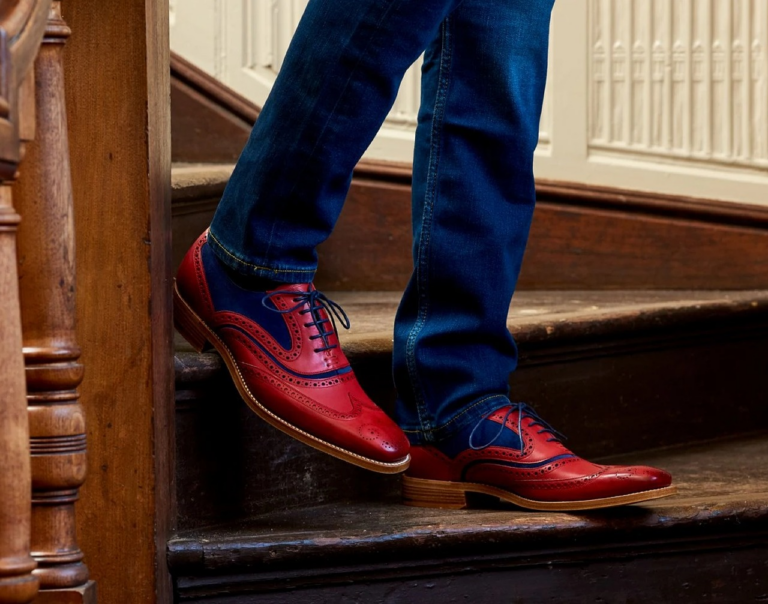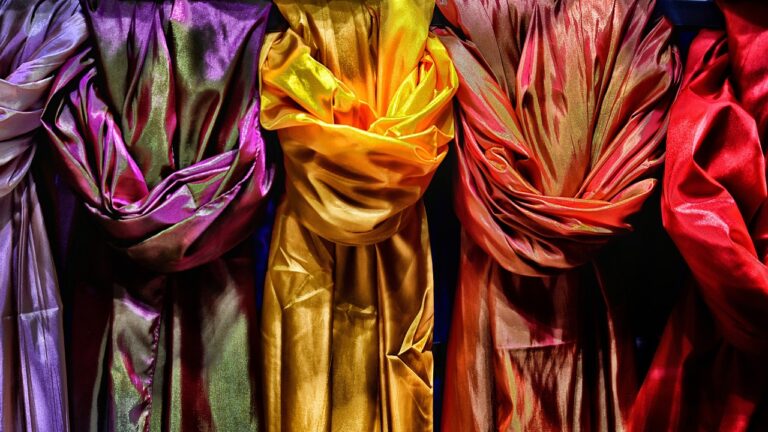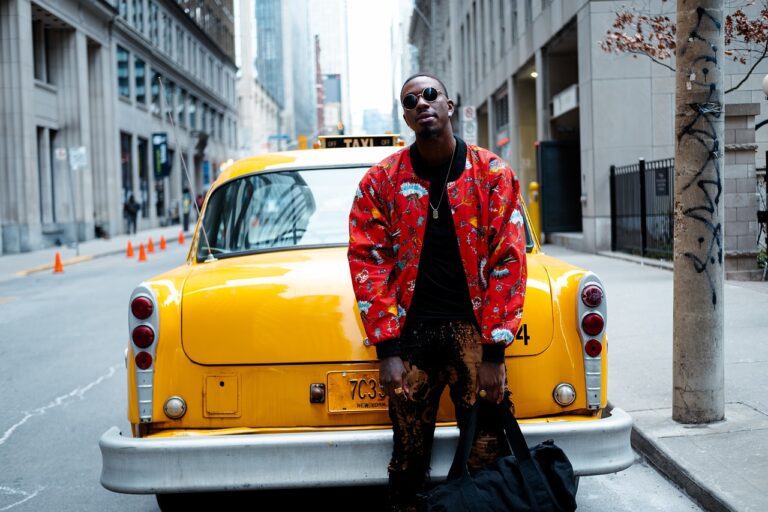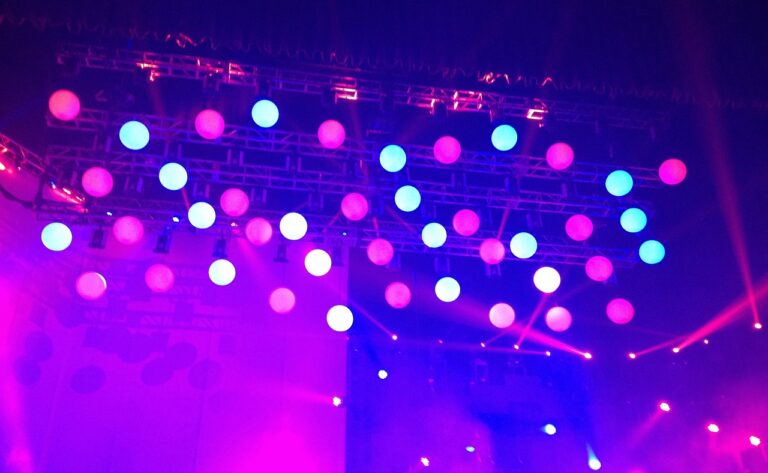The Influence of Fashion Magazines on Style Trends and Consumer Behavior
Fashion magazines have played a pivotal role in shaping the way individuals perceive and engage with fashion. Since their inception, these publications have provided a platform for designers, photographers, and editors to showcase their creativity and influence. They have not only acted as a mirror reflecting societal trends but have also been instrumental in setting new standards and pushing boundaries in the fashion industry.
Over the years, fashion magazines have evolved from simple periodicals to powerful cultural forces. From the iconic covers of Vogue to the avant-garde editorials in Dazed & Confused, these publications have continuously redefined the landscape of fashion journalism. With the rise of digital media, fashion magazines have adapted to the changing times, seamlessly transitioning into online platforms while still preserving the essence of their print predecessors.
The Evolution of Style Trends
Fashion trends have always been ever-changing, reflecting the societal and cultural shifts of their time. What might have been in vogue one season could easily be replaced by something entirely different the next. This constant cycle of change is a key aspect of the evolution of style trends, as designers, influencers, and everyday people alike continually seek new inspirations and expressions through clothing and accessories.
Throughout history, fashion trends have been influenced by a myriad of factors, from political events and technological advancements to artistic movements and celebrity endorsements. Each trend that emerges builds upon the ones that came before it, often drawing inspiration from past eras while infusing a modern twist. As society progresses and tastes evolve, so too does the landscape of style trends, showcasing the dynamic nature of the fashion industry.
• Fashion trends are constantly changing, reflecting societal and cultural shifts
• Trends can be influenced by political events, technological advancements, artistic movements, and celebrity endorsements
• Each trend builds upon past ones while adding a modern twist
• The fashion industry evolves as society progresses and tastes change
The Role of Fashion Editors in Setting Trends
Fashion editors play a crucial role in shaping the trends that influence the clothing choices of millions worldwide. Their keen eye for style and ability to predict what will resonate with their audience drives the direction of the fashion industry. By curating fashion spreads, attending runway shows, and collaborating with designers, they have the power to dictate what is considered fashionable and on-trend.
Through their editorial choices and strategic placements, fashion editors have the ability to elevate emerging designers and niche styles into mainstream popularity. They serve as tastemakers who guide the fashion narrative and provide direction for consumers seeking inspiration. By showcasing certain pieces or styling techniques, fashion editors can spark movements that transcend the pages of magazines and impact the way people dress and express themselves.
What is the history of fashion magazines?
Fashion magazines have been around for centuries, with some of the earliest publications dating back to the 17th century. These magazines have played a crucial role in shaping the fashion industry and influencing style trends.
How have style trends evolved over time?
Style trends have evolved significantly over the years, with new influences and inspirations constantly shaping the way we dress. From the rise of street style to the impact of social media, trends today are more diverse and fast-paced than ever before.
What is the role of fashion editors in setting trends?
Fashion editors play a key role in setting trends by curating and showcasing the latest styles in their publications. They have the power to influence what we wear, how we style our outfits, and even how we perceive fashion as a whole. Their expertise and eye for detail make them instrumental in shaping the industry.







